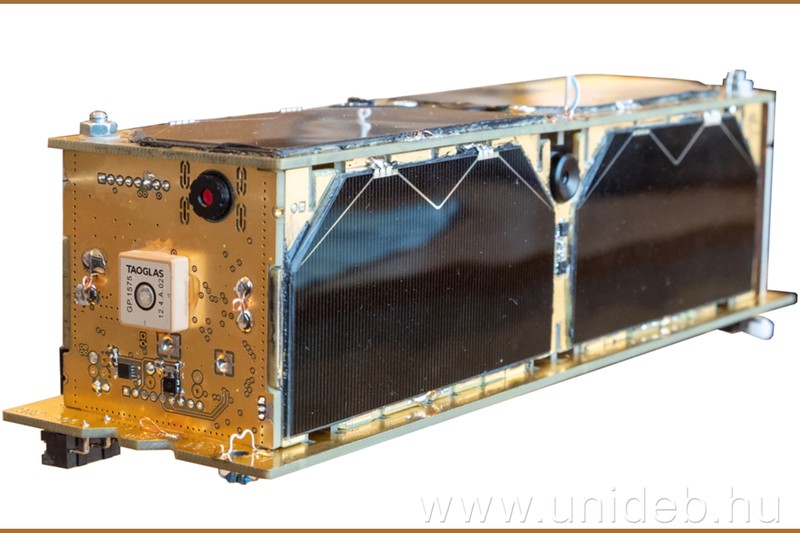The Hungarian pico-satellite, which was launched in mid-June, has entered orbit and is sending experimental data. The spacecraft of the Budapest University of Technology and Economics (BME) housed the instruments of several Hungarian universities, including the University of Debrecen.
After the successful launch of SpaceX’s Falcon-9 rocket on June 12, the newest Hungarian educational pico-satellite entered orbit on June 23. After the correction of the trajectory data and the inspection of the onboard systems, within a few days, the very small space vehicle was already broadcasting accurate experimental and measurement data.
The 5×5×15 cm3 satellite was designed and produced by the BME Faculty of Electrical Engineering and Informatics (VIK) Department of Broadband Communications and Electrical Science in cooperation with the University Radio Club (MRC) for its 100th anniversary. (The details can be read by clicking here).
The main goal of the mission is to study and map electrosmog created by human activity in near-Earth space. Several universities, such as the University of Debrecen, the University of Szeged, and the István Széchenyi University of Győr, have also been given the opportunity to place a scientific experiment on the picosatellite.
The staff of the Department of Physics, Faculty of Science and Technology of DE have created and placed a device for monitoring the radiation environment in space on board the MRC-100, based on semiconductor FLASH memory, based on errors in the stored data caused by radiation.
The experimental data will be processed in the framework of student projects in electrical engineering and physics at the University of Debrecen. The experiences gained during the project significantly help to build new competencies in the field of space research in the Faculty of Science and Technology.
(unideb.hu)

















